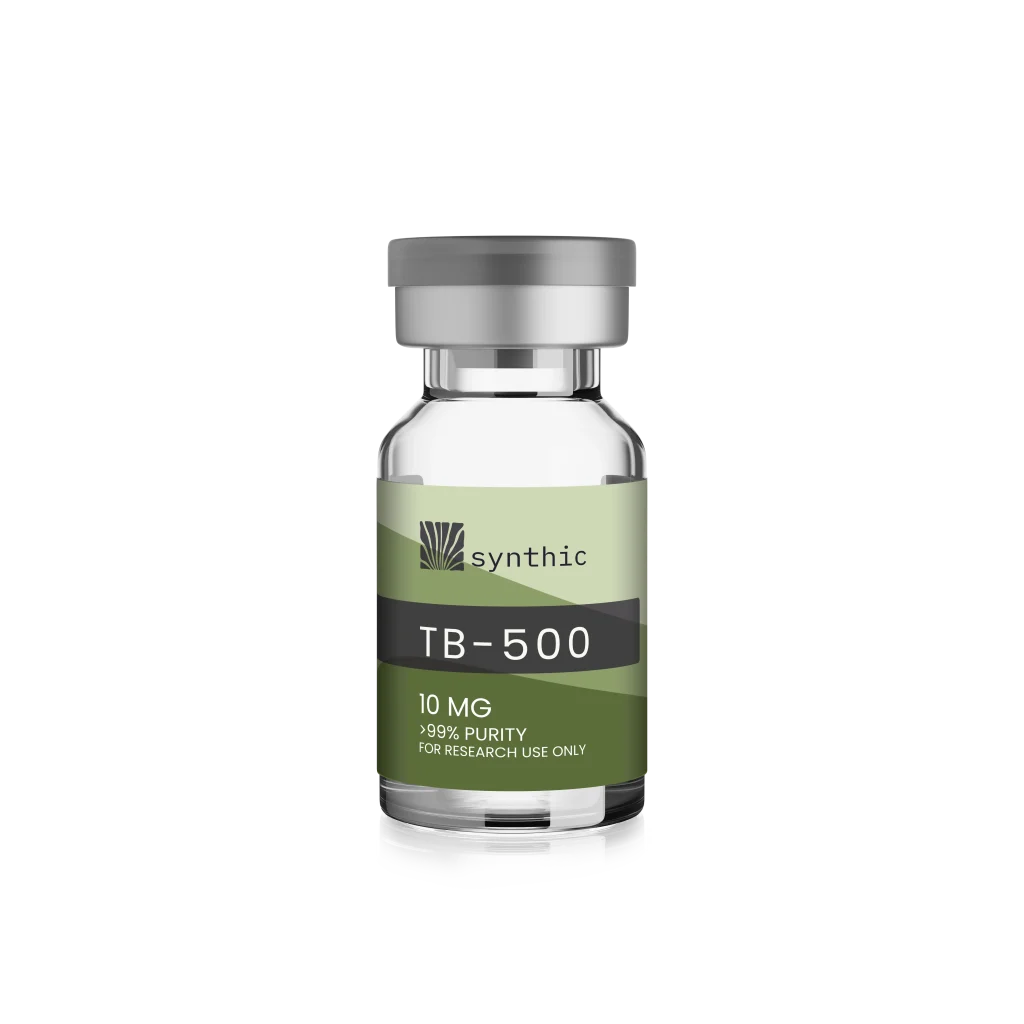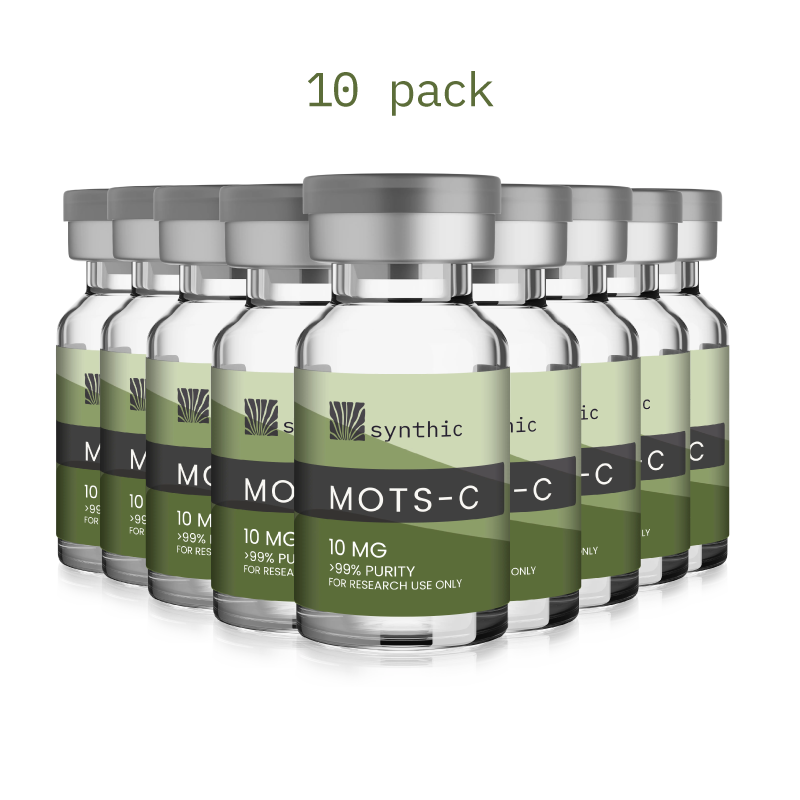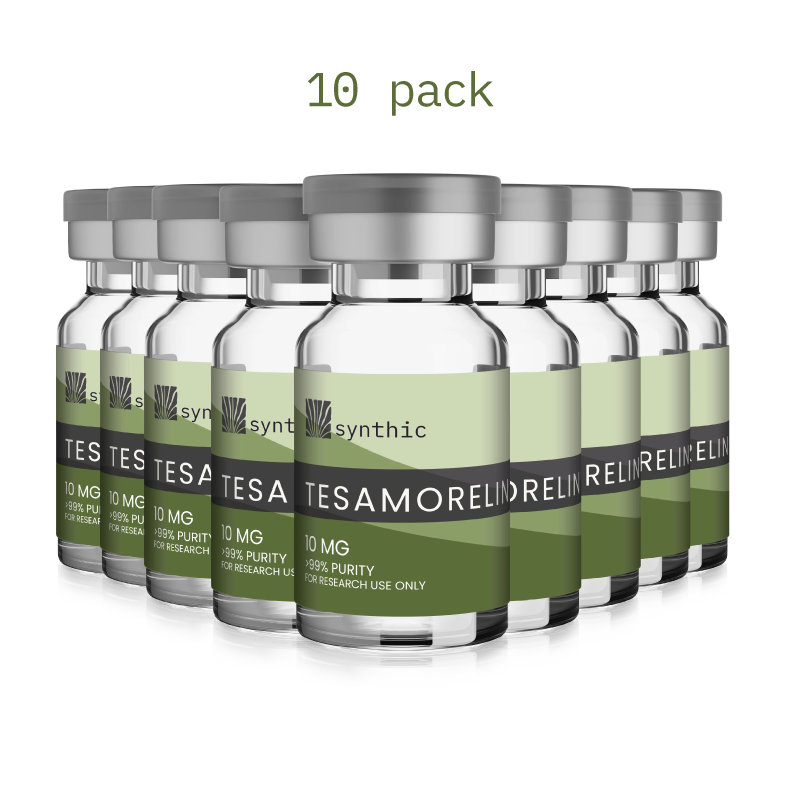GHK-Cu is a naturally occurring copper peptide that has gained attention in dermatological and regenerative research for its powerful effects on skin health, wound repair, and even gene expression. Often marketed for its “glow-enhancing” properties, GHK-Cu offers more than just cosmetic appeal — it demonstrates wide-reaching cellular benefits that extend far beneath the skin’s surface.
This article examines the science behind GHK-Cu, its mechanisms of action, and why it continues to be a major focus in peptide-based skincare and regenerative biology.
What Is GHK-Cu?
GHK-Cu stands for glycyl-L-histidyl-L-lysine copper(II), a tripeptide naturally present in human plasma, saliva, and urine. It binds copper ions, forming a biologically active complex that plays a role in tissue remodeling and repair.
First isolated in the 1970s, GHK-Cu has since been studied for its:
- Wound healing acceleration
- Anti-inflammatory effects
- Collagen and elastin production
- Antioxidant properties
- Modulation of gene expression
Its multifunctional benefits make it a unique compound in both skin biology and broader regenerative research.
How GHK-Cu Works
1. Stimulates Collagen and Elastin Synthesis
GHK-Cu has been shown to upregulate the production of collagen types I and III, elastin, glycosaminoglycans, and other components of the extracellular matrix (ECM). These proteins are essential for maintaining skin elasticity, firmness, and structure.
2. Improves Skin Glow and Texture
By enhancing ECM remodeling and boosting antioxidant enzyme levels (like superoxide dismutase), GHK-Cu improves overall skin tone, hydration, and clarity. This cellular-level support contributes to the sought-after “GHK-Cu glow” often highlighted in skincare discussions.
3. Supports Wound Healing and Tissue Regeneration
In injury models, GHK-Cu accelerates the repair process by:
- Recruiting immune cells to the wound site
- Stimulating fibroblast proliferation
- Promoting angiogenesis (new blood vessel formation)
- Enhancing epithelial cell migration and remodeling
These effects make it valuable in both cosmetic healing and post-surgical recovery contexts.
4. Modulates Gene Expression
One of the most profound effects of GHK-Cu is its ability to regulate thousands of genes related to tissue repair, inflammation, and oxidative stress. Research has shown that GHK-Cu can:
- Upregulate genes involved in nerve regeneration and anti-tumor defense
- Downregulate genes related to inflammation, fibrosis, and cancer metastasis
This gene-modulating activity is a major reason it is studied for both topical and systemic effects.
Research Applications of GHK-Cu
GHK-Cu has been studied in both dermatological and biomedical contexts, including:
- Anti-aging skincare and wrinkle reduction
- Scar remodeling and post-injury skin repair
- Hair regrowth stimulation in early-stage alopecia models
- Tissue regeneration in corneal and nerve studies
- Post-surgical healing protocols
GHK-Cu vs. Other Skin Peptides
| Peptide | Primary Focus | Glow Enhancement | Other Benefits |
|---|---|---|---|
| GHK-Cu | Skin regeneration, gene modulation | Yes | Anti-inflammatory, antioxidant, angiogenesis |
| Matrixyl (palmitoyl pentapeptide) | Wrinkle reduction | Moderate | Collagen support |
| Argireline | Muscle relaxation | No | Mimics Botox-like effect |
| BPC-157 | Wound repair | Indirect | Gut healing, tendon support |
GHK-Cu is one of the few peptides with direct gene-modulating properties, giving it a broader range of applications beyond surface-level effects.
Conclusion
GHK-Cu is more than a cosmetic ingredient—it’s a biologically active peptide with significant healing, regenerative, and protective capabilities. Its ability to enhance collagen synthesis, support angiogenesis, reduce inflammation, and improve skin clarity makes it a standout compound in both peptide science and dermatology.
Whether studied for improving skin “glow,” accelerating recovery, or supporting deeper tissue repair, GHK-Cu continues to bridge the gap between aesthetic and therapeutic research.



